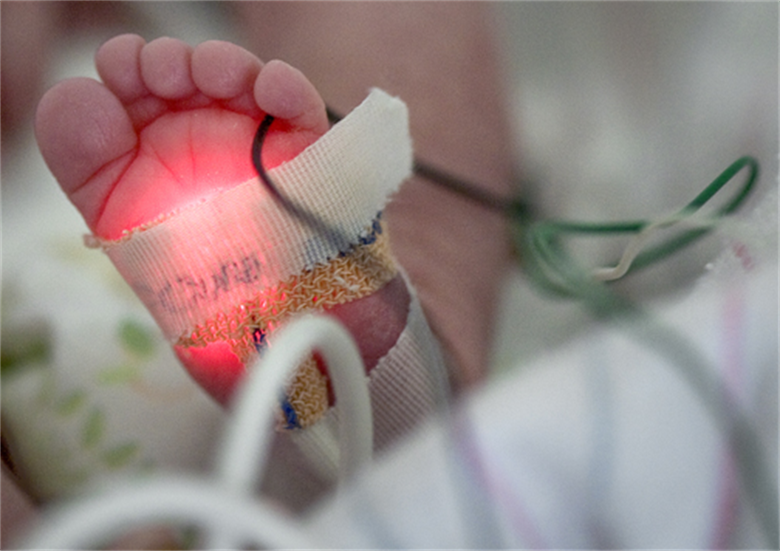Physicians and scientists began recognizing that premature or ill newborns required specialized care in the 1700s. However, it would be another century before a physician would take the first steps toward improving neonatal health. In the coming years, advancements in science and technology steadily enhanced the chances that preterm infants survived.
19th Century
French obstetrician Etienne Stephane Tarnier recognized that premature infants were unable to maintain their body temperature. The physician invented the first incubator using a wooden box with a glass lid. The heat was provided by a hot water bottle. As a result, infant mortality decreased by 28 percent.
Pierre-Constant Budin trained under Dr. Tarnier and became a pioneer in neonatal nutrition during the late 1800s. Dr. Budin was aware of the risks of feeding newborns cow’s milk due to pathogens. He encouraged his new mothers to breastfeed. He was also responsible for introducing tube feeding for preemies who were unable to feed naturally.
By the early 1900s, Martin Couney, one of Dr. Budin’s students, improved upon Tarnier’s incubator design. However, the medical community was not accepting and the devices were not used in hospitals. In order to gain attention for the need, Dr. Couney began treating infants free of charge and demonstrated his invention at expositions and fairs.
20th Century
For the most part, premature or ailing infants were not provided medical care. It was not until after World War II that the medical community recognized the need to offer specialized care. During this era, hospitals began developing “Special Care Baby Units” that eventually evolved into NICUs. Along with providing sufficient warmth, the units ensured that the infants received oxygen. There was also increasing awareness of an infant’s susceptibility to infection, which led to stringent hand washing.
Formulas for premature infants were introduced during this time. The formulas contained increased levels of calcium, phosphorus, sodium and protein. However, the high protein levels soon created a number of problems. As such, whey proteins were used.
Beginning in the 1960s, laboratory tests and values were established to monitor infant health. Physicians created a way to evaluate blood gases, bilirubin levels and liver function along with checking electrolytes, blood sugar and oxygen levels.
Advancements in knowledge and technology meant that infants born after 23 weeks of gestation had a survival rate of 33 percent. Infants born after 24 weeks had a survival rate of 66 percent. The survival rates continue growing each year.
